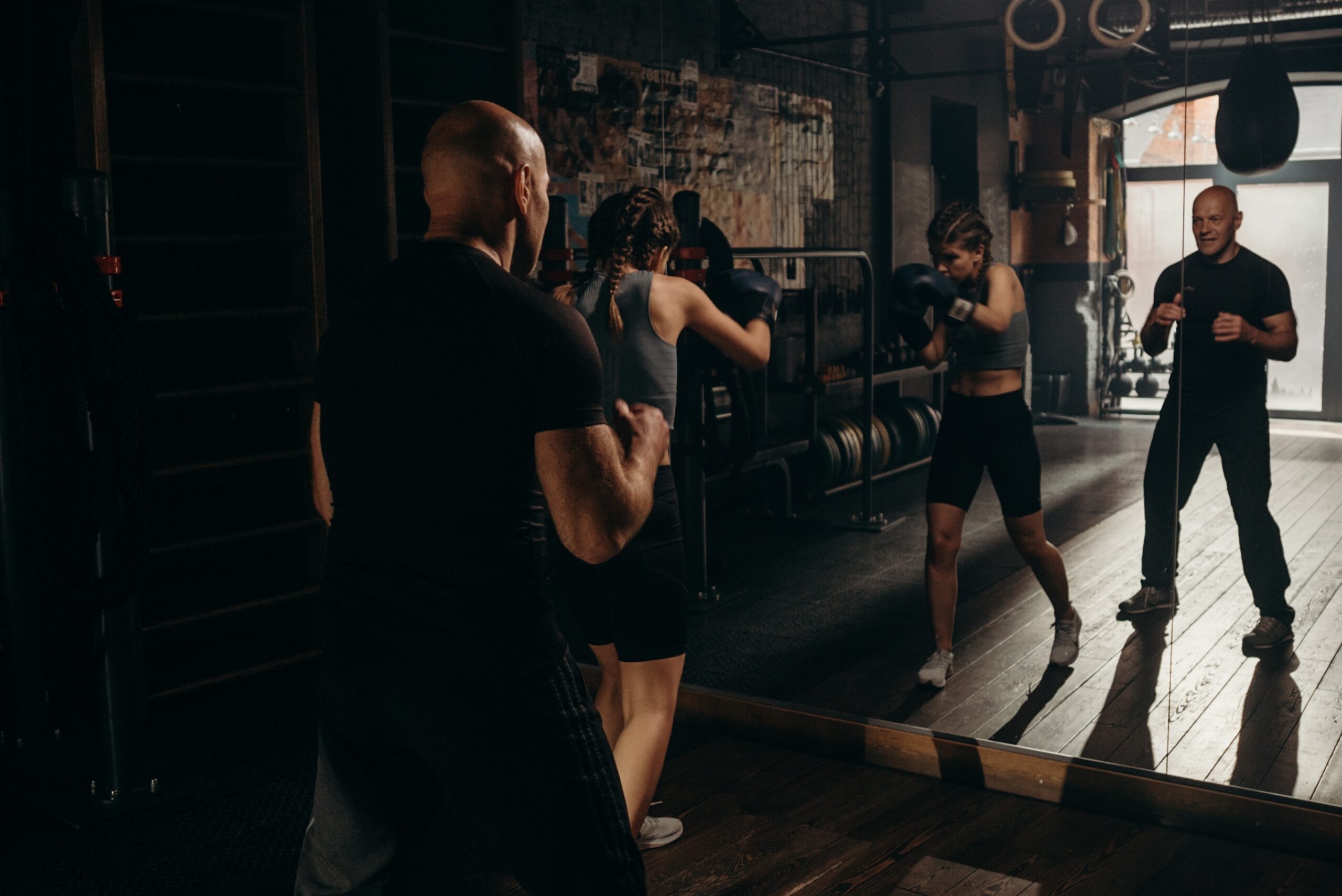
When it comes to knockout power, few punches rival the devastating force of a well-timed left hook. It’s a signature move in any boxer’s arsenal, capable of changing the momentum of a fight with a single swing. In this installment of our Boxing Fundamentals Series, we break down the mechanics, purpose, and application of the left hook—and show you how to make it one of your most dangerous weapons in the ring.
What Is the Left Hook?
The left hook is a short, powerful punch thrown in a circular motion with the lead hand (for orthodox fighters, that’s your left hand). It targets the side of your opponent’s head or body and is most effective at mid to close range. The key to an effective left hook isn’t just power—it’s timing, technique, and precision.
When to Use the Left Hook
- As a counterpunch after slipping or parrying a jab
- To finish a combination following a right cross or uppercut
- To attack the body, especially against a defensive opponent
- When circling off an angle, catching your opponent off guard
Step-by-Step Breakdown: The Mechanics of the Left Hook
- Stance and Balance
Start in your standard boxing stance. Feet shoulder-width apart, knees slightly bent, and your lead hand up in guard position. - Rotation and Load
Slightly shift your weight to your lead foot while rotating your lead shoulder and hip inward. This loads your body like a spring, storing kinetic energy. - Pivot and Swing
Drive off the ball of your lead foot and pivot your left foot outward. Simultaneously, rotate your hips and shoulders as your lead arm comes out in a tight arc. - Elbow and Forearm Position
Your elbow should stay in line with your fist and shoulder. The punch should travel horizontally, with your palm facing either inward (thumb up) or downward (palm down), depending on your range and target. - Snap and Return
Snap the punch through the target, then immediately recoil back to your guard position. Don’t let your punch swing wide—keep it tight and efficient.
Common Mistakes to Avoid
- Overcommitting or over-rotating: This throws you off balance and opens you to counters.
- Dropping the rear hand: Always protect your chin.
- Telegraphing the punch: Keep your movements compact and controlled.
- Throwing wide: Keep the hook tight and aligned with your shoulder and elbow.
Drills to Sharpen Your Left Hook
- Mirror Shadowboxing: Focus on balance and form—no power.
- Mitt Work: Practice the left hook as a lead, counter, and part of a combo.
- Heavy Bag Hooks: Target both the head and body; emphasize precision and recoil.
- Double-End Bag: Work on timing, accuracy, and speed.
Hooking to the Head vs. Body
- Head Hook: Higher guard required. Often used after distracting with a jab or cross.
- Body Hook: Bend your knees, drop your level, and rip into the midsection. Perfect for wearing down mobile or defensive opponents.
Sample Combinations Featuring the Left Hook
- Jab – Cross – Left Hook
- Slip – Left Hook (counter)
- Left Hook to the Body – Left Hook to the Head
- Right Uppercut – Left Hook – Pivot Out
Final Thoughts from Coach Lee
The left hook is a punch that requires finesse, not just force. When taught correctly and practiced consistently, it becomes a tool of surgical destruction. Whether you’re looking to break your opponent’s rhythm or deliver a knockout blow, mastering the left hook will elevate your boxing IQ and finishing power.
Train smart. Stay sharp.
– Coach Mike Lee Jr.


